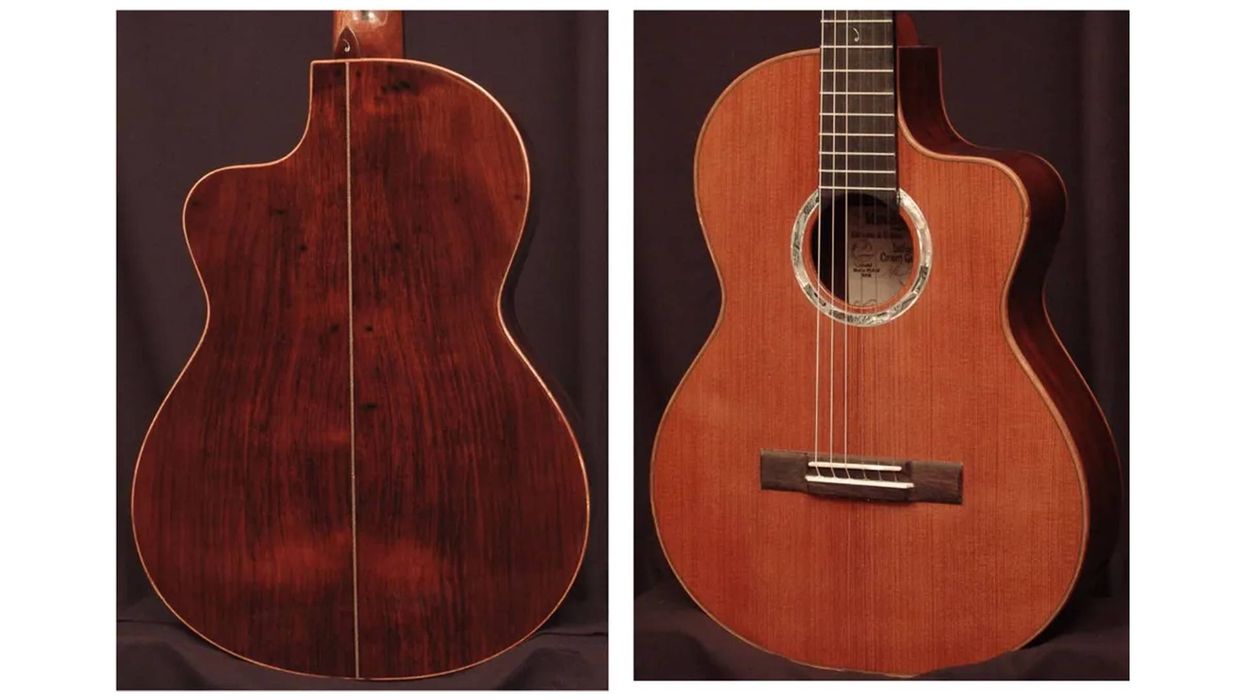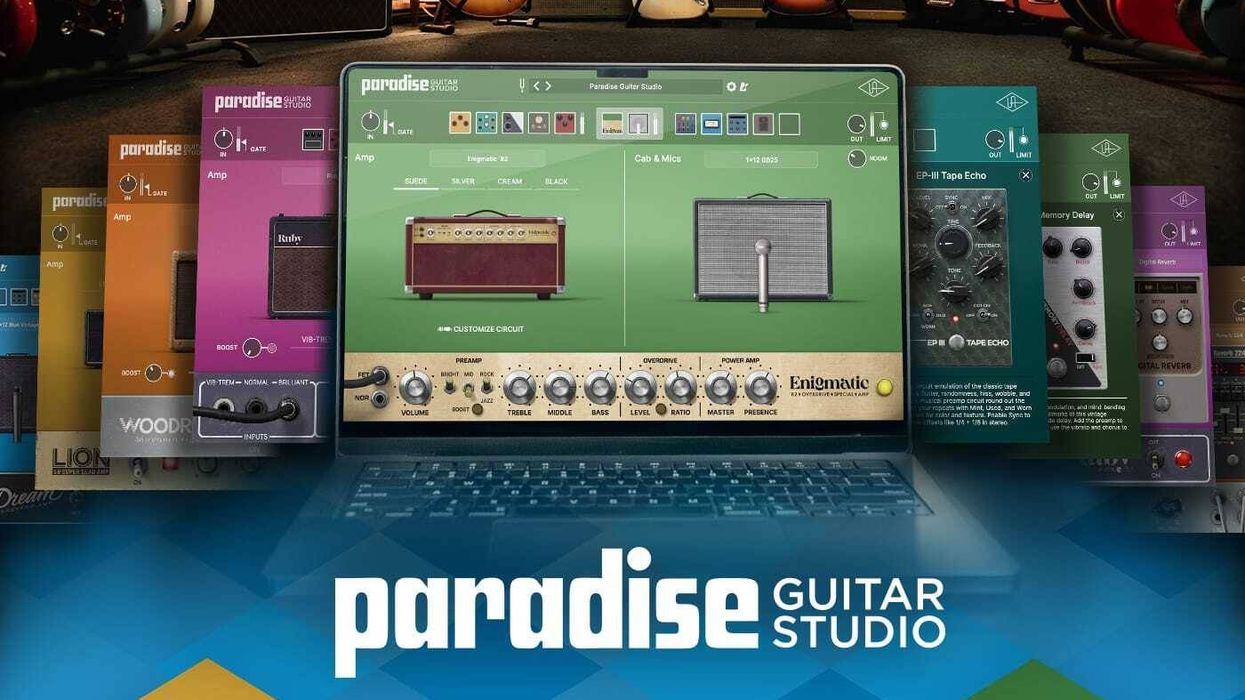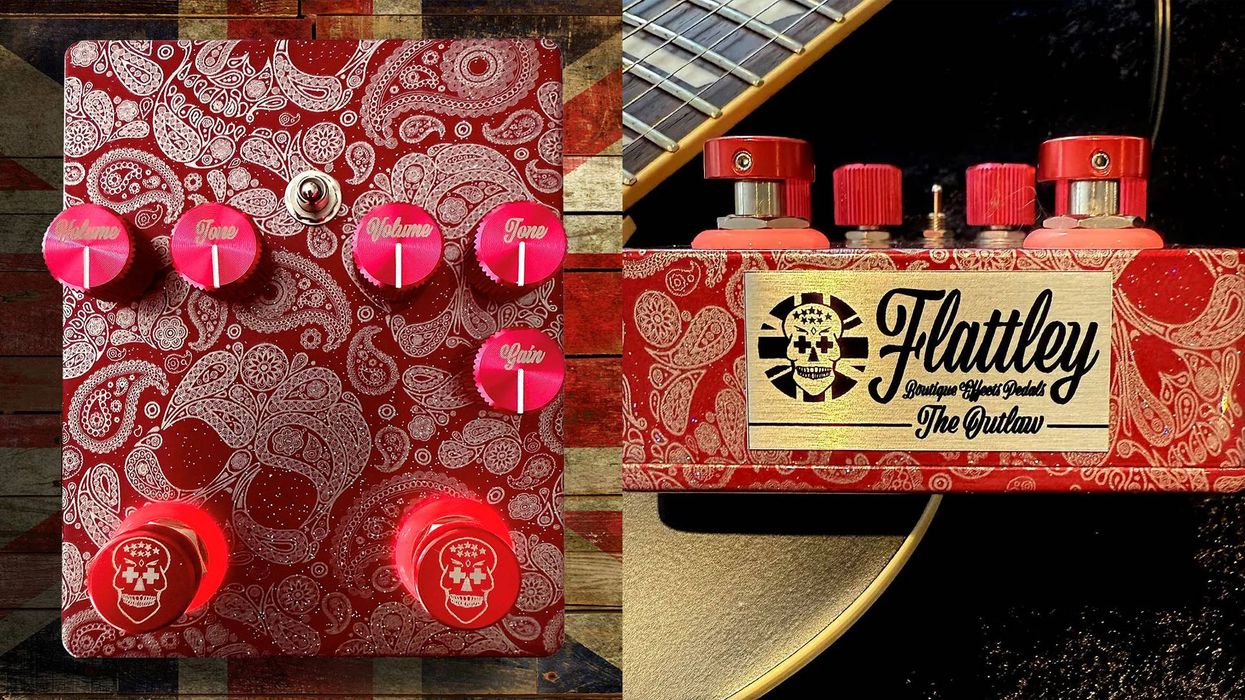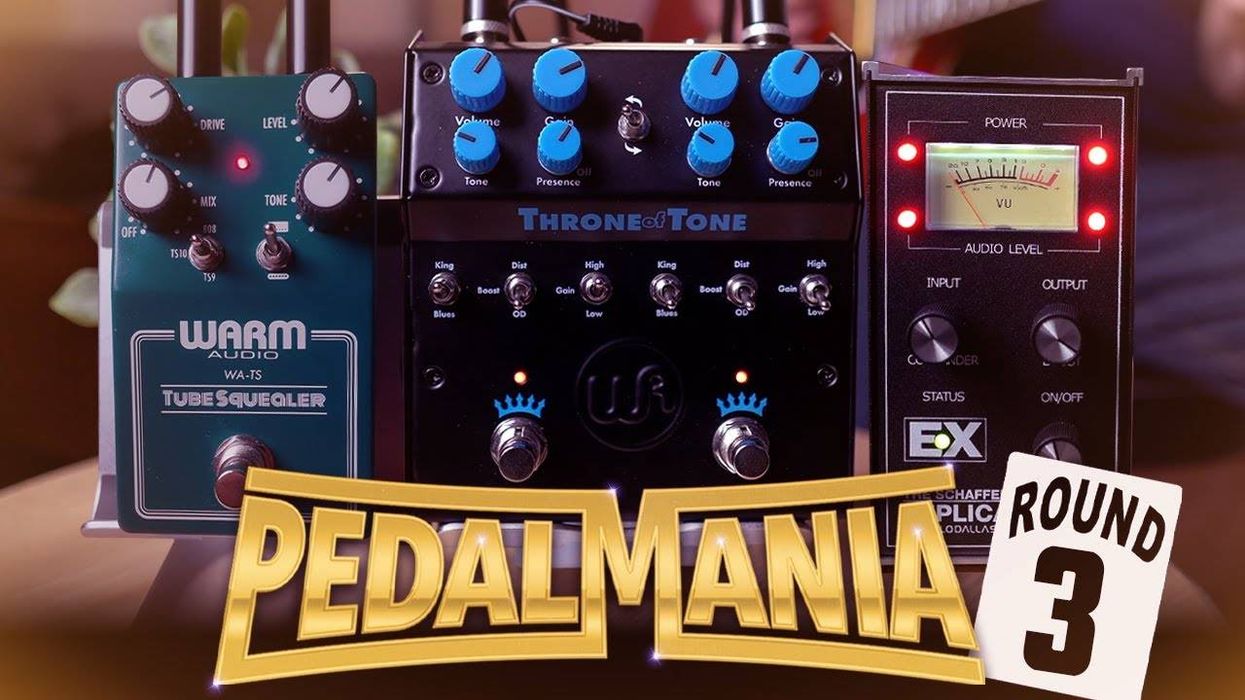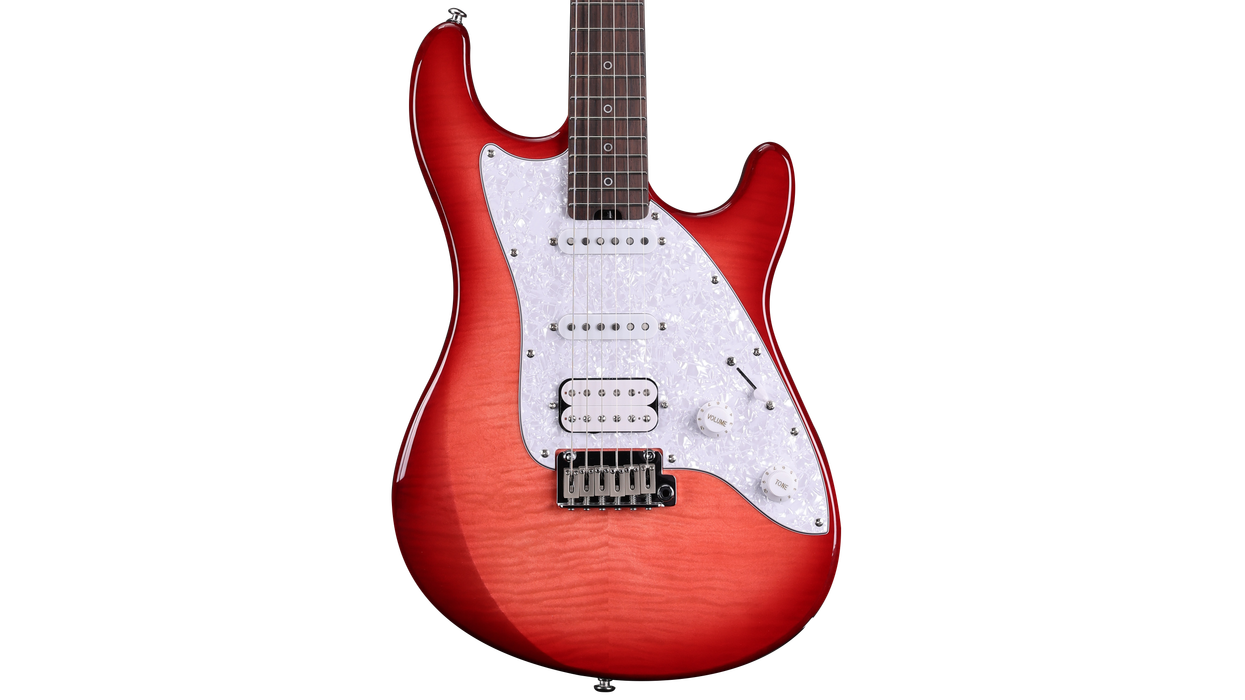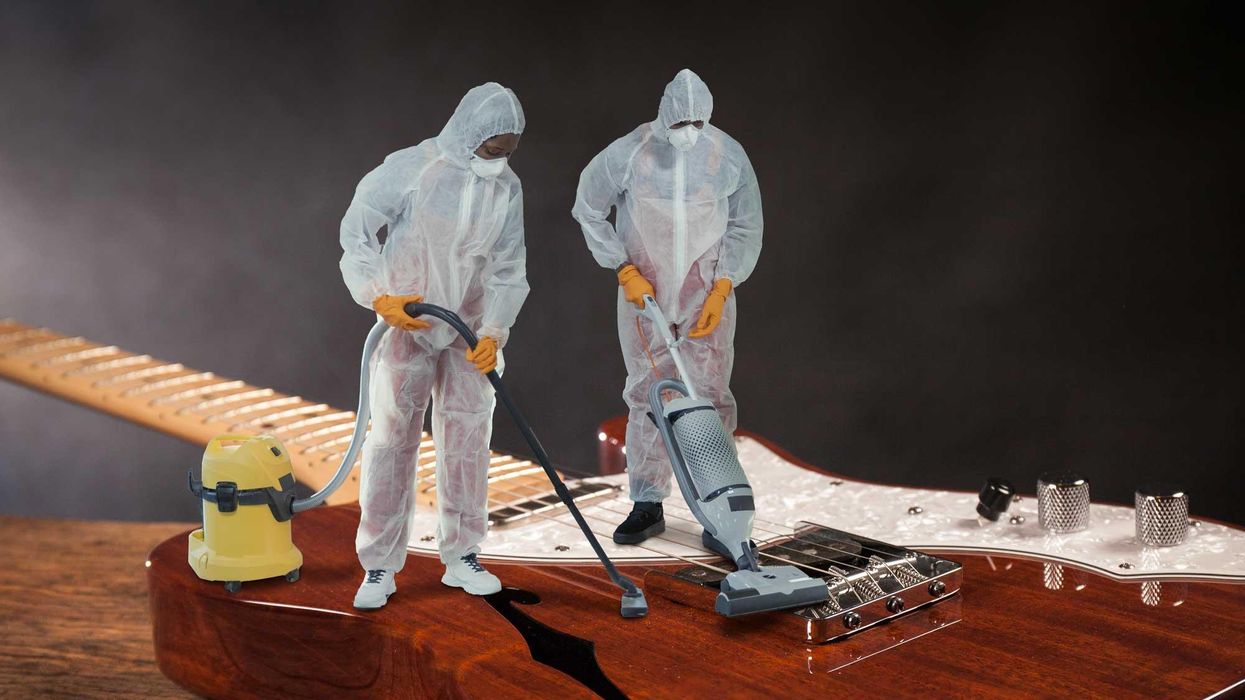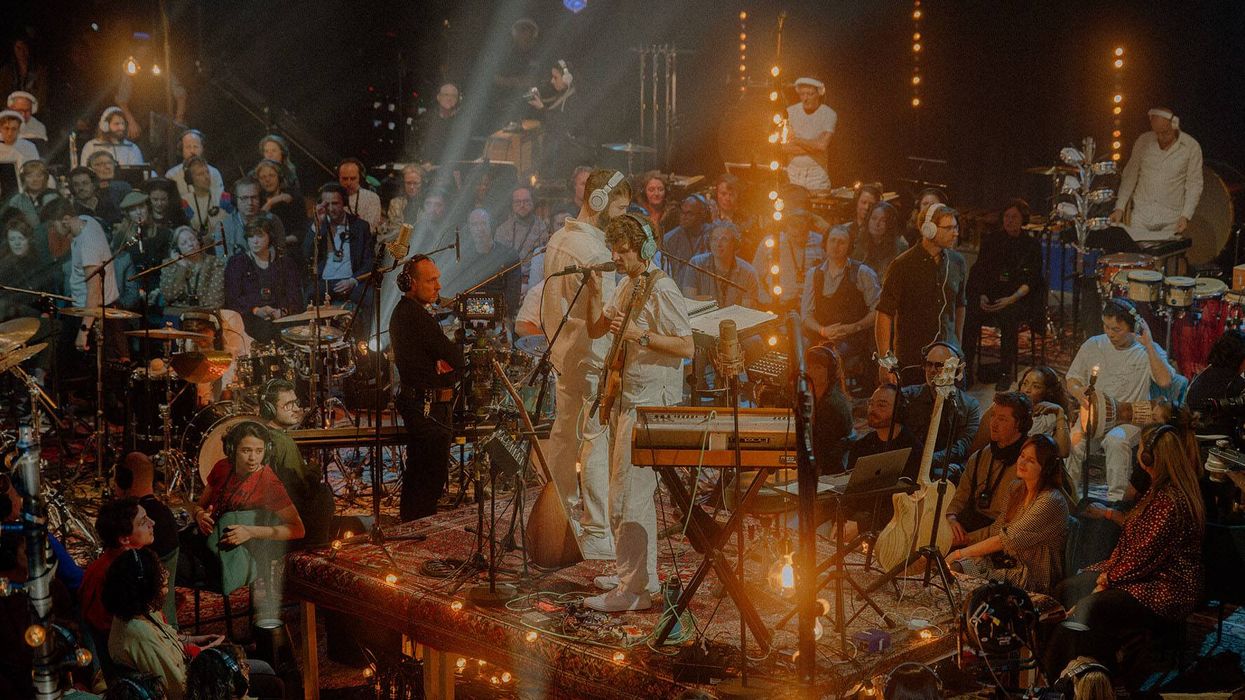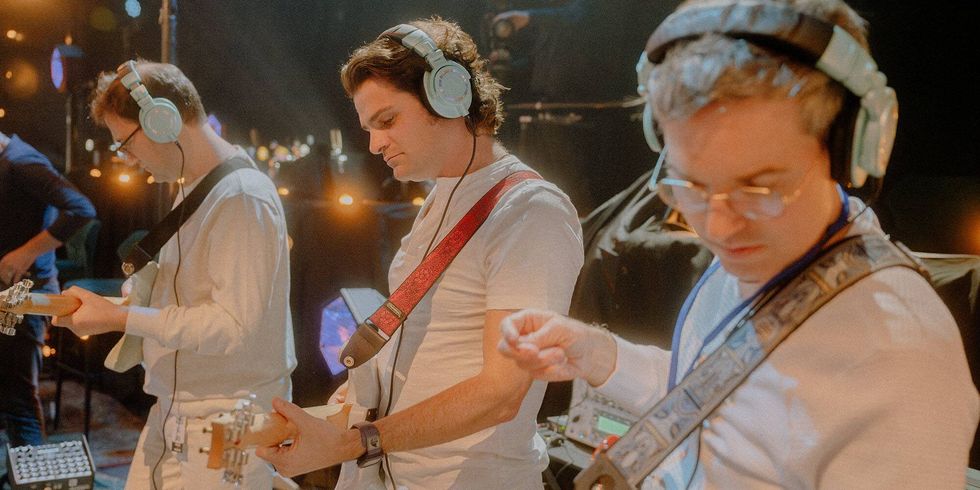Nazareth, PA (May 23, 2008) -- Martin announced today two new signature models, the Pat Donohue Custom Edition and the Steve Earle Custom Edition.
Pat Donohue Custom Edition
Many know Pat Donohue as the guitarist in The Guys All-Star Shoe Band on Public Radio’s popular A Prairie Home Companion, an extraordinary picker who plays jazz, blues, swing and folk with equal flair and often blends all four in his music. Among all his talents and achievements Pat is a great songwriter whose compositions include dazzling instrumentals, droll parodies, insightful tunes, and funny, true ruminations. He has been a featured performer at major music festivals, recorded nine fine albums on his own plus a couple with buddy Mike Dowling, and received a Grammy Award for his contribution to Pink Guitar, which featured acoustic guitar arrangements of Henry Mancini songs. The late Chet Atkins called him “one of the greatest fingerpickers in the world today.”
A versatile player like Pat needs a versatile guitar. So when asked by Martin to collaborate on a Custom Edition guitar that would bear his name, he – with some assistance from John Woodland of Willie’s American Guitars - came up with a unique new design that blends the OM shape, scale and 14-fret configuration with dreadnought body depth and an extra wide neck, plus appointments reminiscent of Martins from early in the 20th century. The Martin OM-30DB Pat Donohue Custom Edition is that design brought to life.
“I really like the OM design, but I also like bass resonance, so I went with a deeper body to get it,” Pat explained. “Many of the appointments came from early Martins I’ve admired. I’m excited to combine all these elements in a guitar of my own.”
The premium tonewoods on the OM-30DB Pat Donohue Custom Edition are stellar. The back and sides are East Indian rosewood for rich tone, while the top is rare Adirondack spruce for exceptional power and clarity. Scalloped Adirondack spruce top braces enhance its balance and dynamic range. Evocative of Martins from the 1920s, the genuine mahogany modified V neck with diamond volute features a slotted headstock with square slots and Waverly brass tuners with small ivoroid keys. Another nod to the 1920s is the genuine ebony pyramid bridge with wide string spacing and a fossilized ivory saddle.
The appointments are similarly vintage inspired. Intricate multi-colored “parallelogram” wood marquetry encircles the top and compliments the abalone pearl rosette. The wood marquetry chevron backstrip looks spectacular against the rosewood. Bound with grained ivoroid and accented with black/white purfling, the East Indian rosewood headplate features the Martin torch inlay in abalone pearl: the back of the headstock displays the historic Martin pressure stamp. The grained ivoroid-bound ebony fingerboard bears snowflake position markers at the 5th fret, two slotted squares at the 7th fret and a Maltese cross at the 9th fret, plus Pat Donohue’s “PD” initials at the 12th fret.
The nut, bridge pins and end pin are crafted from genuine bone, with the latter two sporting abalone pearl dots. Aging toner on the top highlights the tortoise Delmar pickguard and grained ivoroid body binding. Martin’s flawless polished gloss lacquer finish on the body, neck and headplate enable the OM-30DB Pat Donohue Custom Edition’s subtle beauty to shine.
Delivered in a special Geib-style extra deep hardshell case, each Martin OM-30DB Pat Donohue Custom Edition guitar bears an interior label personally signed by Pat Donohue and numbered in sequence. The OM-30DB Pat Donohue Custom Edition may be ordered with a 1935 style or other Martin sunburst top for an additional fee: a left-handed version is available at no additional charge. Authorized C.F. Martin & Co. dealers will begin taking orders for the OM-30DB Pat Donohue Custom Edition immediately and dealers who order this unlimited Custom Edition will be posted on the C.F. Martin website. MSRP $6799
Steve Earle Custom Edition
With Texas roots, Nashville credentials, New York sensibilities, and maverick spirit, Grammy Award winning singer/songwriter Steve Earle leaves any pre-conceived notions regarding his music in the dust. That includes the guitars he plays, and helps explain how the new Martin M-21 Steve Earle Custom Edition came to be.
In 2007 Earle moved to New York City and soon found his way to Matt Umanov Guitars. Matt Umanov, who has been matching players with instruments since 1965, guided his new customer in the purchase of a few Martin guitars and along the way introduced him to the M body style, which combines jumbo (0000) size with 000 depth. The Martin M quickly became Earle’s favorite acoustic, so much so that he now tours with a pair of them.
His enthusiasm for the Martin M jump-started development of a Martin Steve Earle signature guitar. Earle turned to Umanov for help with the details and together they created the Martin M-21 Steve Earle Custom Edition, a “poor man’s” M that showcases this body style’s big, balanced sound and playing comfort in an elegant, affordable package.
With two guitar perfectionists like Steve Earle and Matt Umanov in charge, The M-21 Steve Earle Custom Edition naturally receives superb solid tonewoods. The top is Italian alpine spruce, revered for its clear, rich tone, and the forward-shifted scalloped top bracing enhances balance and responsiveness. The back and sides are East Indian rosewood for warmth and power. The low profile neck is carved from genuine mahogany. The headplate, fingerboard and bridge are all East Indian rosewood.
Like Martin Style 21s of the past, the M-21 Steve Earle Custom Edition blends Style 18 and Style 28 appointments, plus a few unique to Style 21. The rosette and checkerboard backstrip blend beautifully with the subtle top and back purfling and tortoise-color binding. The polished headplate frames the Old Style gold C.F. Martin logo decal and Waverly nickel tuners with butterbean buttons give the headstock a decidedly “old school” look. The fingerboard features Style 28 position markers becoming progressively smaller from the 5th to the 17th frets, and the “black with white dots” bridge pins and end pin also are Style 21.
The polished and beveled Delmar nitrate pickguard and aging toner on the top complete the instrument’s vintage-inspired style. The body showcases Martin’s flawless polished gloss lacquer finish: the neck receives a satin finish for player comfort.
Delivered in a blue molded hardshell case, each Martin M-21 Steve Earle Custom Edition guitar features an interior label personally signed by Steve Earle and Matt Umanov, numbered in sequence without a total. Left-handed instruments may be ordered at no additional charge; factory-installed electronics and a sunburst finish are extra-cost options. Authorized C.F. Martin dealers will begin accepting orders for the M-21 Steve Earle Custom Edition immediately and dealers participating in this “unlimited” edition will be posted on the C.F. Martin website. MSRP $4299
For more information:
martinguitar.com
Pat Donohue Custom Edition
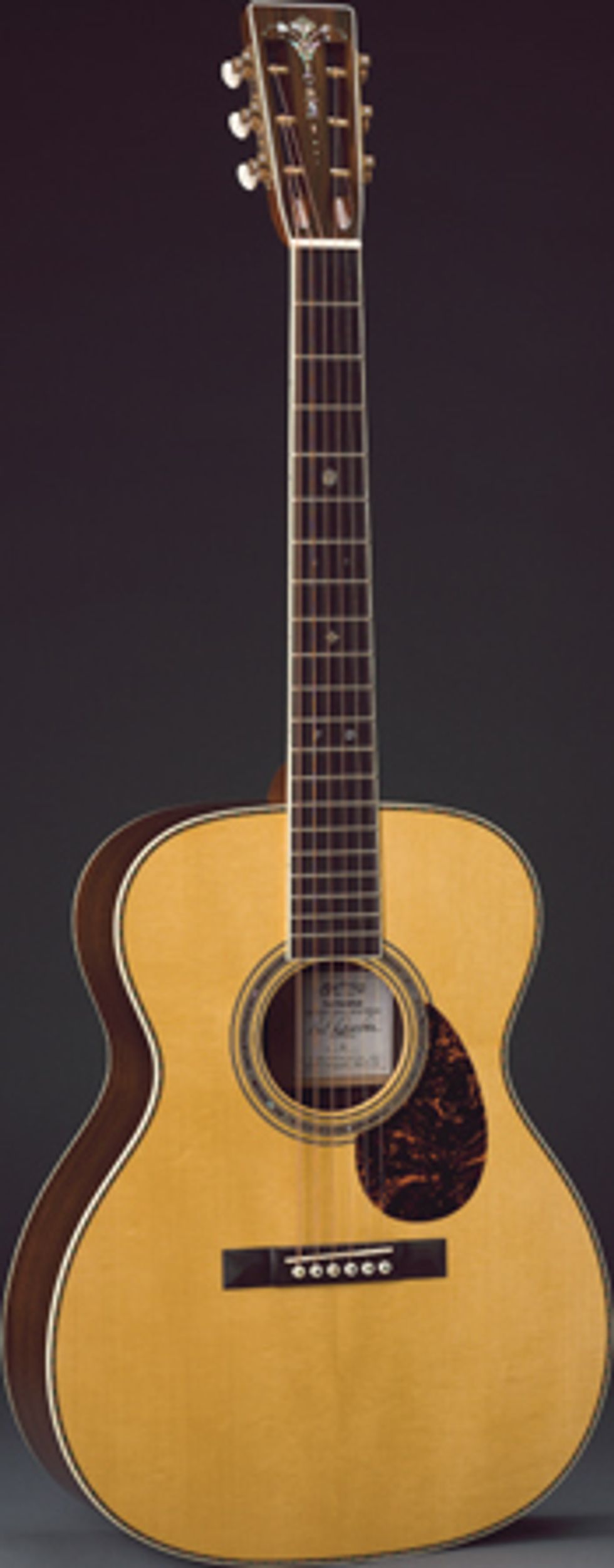 |
A versatile player like Pat needs a versatile guitar. So when asked by Martin to collaborate on a Custom Edition guitar that would bear his name, he – with some assistance from John Woodland of Willie’s American Guitars - came up with a unique new design that blends the OM shape, scale and 14-fret configuration with dreadnought body depth and an extra wide neck, plus appointments reminiscent of Martins from early in the 20th century. The Martin OM-30DB Pat Donohue Custom Edition is that design brought to life.
“I really like the OM design, but I also like bass resonance, so I went with a deeper body to get it,” Pat explained. “Many of the appointments came from early Martins I’ve admired. I’m excited to combine all these elements in a guitar of my own.”
The premium tonewoods on the OM-30DB Pat Donohue Custom Edition are stellar. The back and sides are East Indian rosewood for rich tone, while the top is rare Adirondack spruce for exceptional power and clarity. Scalloped Adirondack spruce top braces enhance its balance and dynamic range. Evocative of Martins from the 1920s, the genuine mahogany modified V neck with diamond volute features a slotted headstock with square slots and Waverly brass tuners with small ivoroid keys. Another nod to the 1920s is the genuine ebony pyramid bridge with wide string spacing and a fossilized ivory saddle.
The appointments are similarly vintage inspired. Intricate multi-colored “parallelogram” wood marquetry encircles the top and compliments the abalone pearl rosette. The wood marquetry chevron backstrip looks spectacular against the rosewood. Bound with grained ivoroid and accented with black/white purfling, the East Indian rosewood headplate features the Martin torch inlay in abalone pearl: the back of the headstock displays the historic Martin pressure stamp. The grained ivoroid-bound ebony fingerboard bears snowflake position markers at the 5th fret, two slotted squares at the 7th fret and a Maltese cross at the 9th fret, plus Pat Donohue’s “PD” initials at the 12th fret.
The nut, bridge pins and end pin are crafted from genuine bone, with the latter two sporting abalone pearl dots. Aging toner on the top highlights the tortoise Delmar pickguard and grained ivoroid body binding. Martin’s flawless polished gloss lacquer finish on the body, neck and headplate enable the OM-30DB Pat Donohue Custom Edition’s subtle beauty to shine.
Delivered in a special Geib-style extra deep hardshell case, each Martin OM-30DB Pat Donohue Custom Edition guitar bears an interior label personally signed by Pat Donohue and numbered in sequence. The OM-30DB Pat Donohue Custom Edition may be ordered with a 1935 style or other Martin sunburst top for an additional fee: a left-handed version is available at no additional charge. Authorized C.F. Martin & Co. dealers will begin taking orders for the OM-30DB Pat Donohue Custom Edition immediately and dealers who order this unlimited Custom Edition will be posted on the C.F. Martin website. MSRP $6799
Steve Earle Custom Edition
With Texas roots, Nashville credentials, New York sensibilities, and maverick spirit, Grammy Award winning singer/songwriter Steve Earle leaves any pre-conceived notions regarding his music in the dust. That includes the guitars he plays, and helps explain how the new Martin M-21 Steve Earle Custom Edition came to be.
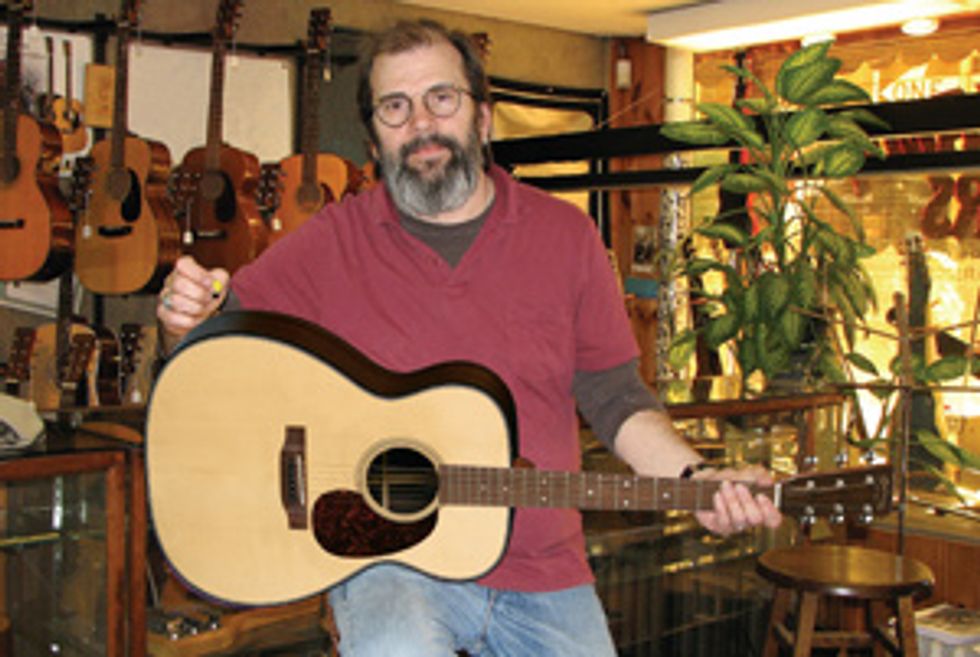 Photo Courtesy of Matt Umanov Guitars, NYC |
His enthusiasm for the Martin M jump-started development of a Martin Steve Earle signature guitar. Earle turned to Umanov for help with the details and together they created the Martin M-21 Steve Earle Custom Edition, a “poor man’s” M that showcases this body style’s big, balanced sound and playing comfort in an elegant, affordable package.
With two guitar perfectionists like Steve Earle and Matt Umanov in charge, The M-21 Steve Earle Custom Edition naturally receives superb solid tonewoods. The top is Italian alpine spruce, revered for its clear, rich tone, and the forward-shifted scalloped top bracing enhances balance and responsiveness. The back and sides are East Indian rosewood for warmth and power. The low profile neck is carved from genuine mahogany. The headplate, fingerboard and bridge are all East Indian rosewood.
Like Martin Style 21s of the past, the M-21 Steve Earle Custom Edition blends Style 18 and Style 28 appointments, plus a few unique to Style 21. The rosette and checkerboard backstrip blend beautifully with the subtle top and back purfling and tortoise-color binding. The polished headplate frames the Old Style gold C.F. Martin logo decal and Waverly nickel tuners with butterbean buttons give the headstock a decidedly “old school” look. The fingerboard features Style 28 position markers becoming progressively smaller from the 5th to the 17th frets, and the “black with white dots” bridge pins and end pin also are Style 21.
The polished and beveled Delmar nitrate pickguard and aging toner on the top complete the instrument’s vintage-inspired style. The body showcases Martin’s flawless polished gloss lacquer finish: the neck receives a satin finish for player comfort.
Delivered in a blue molded hardshell case, each Martin M-21 Steve Earle Custom Edition guitar features an interior label personally signed by Steve Earle and Matt Umanov, numbered in sequence without a total. Left-handed instruments may be ordered at no additional charge; factory-installed electronics and a sunburst finish are extra-cost options. Authorized C.F. Martin dealers will begin accepting orders for the M-21 Steve Earle Custom Edition immediately and dealers participating in this “unlimited” edition will be posted on the C.F. Martin website. MSRP $4299
For more information:
martinguitar.com

